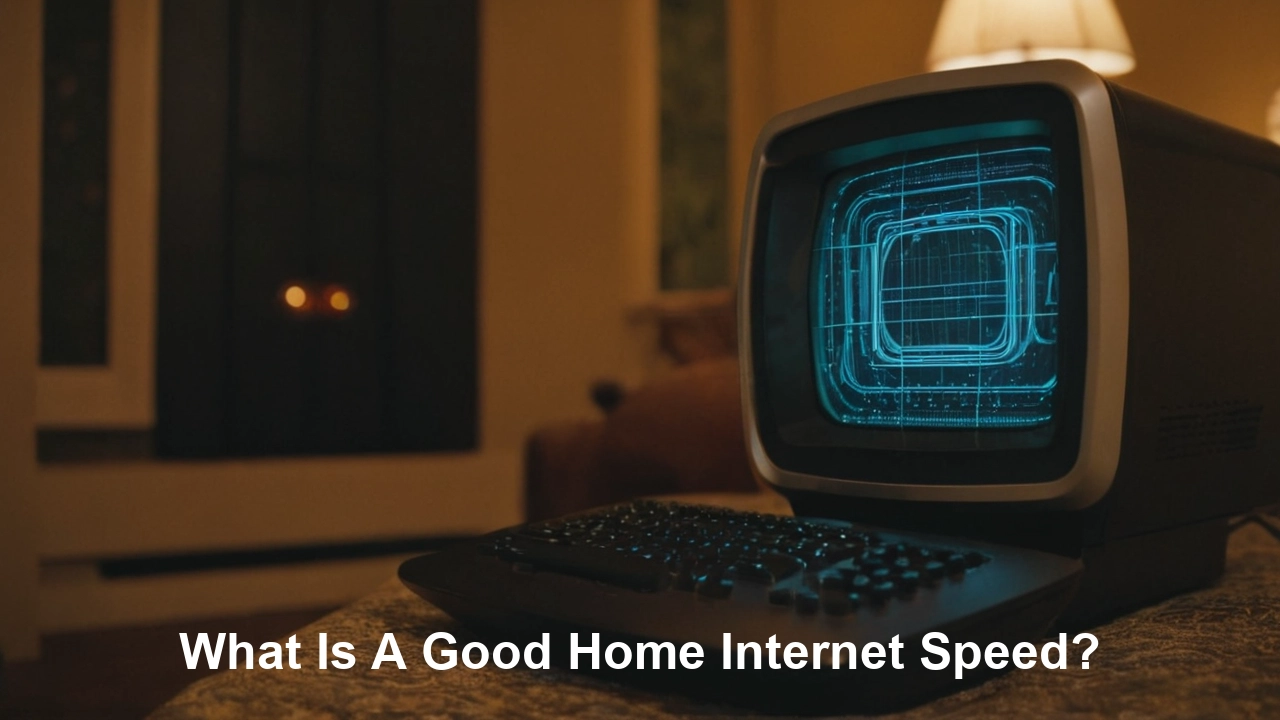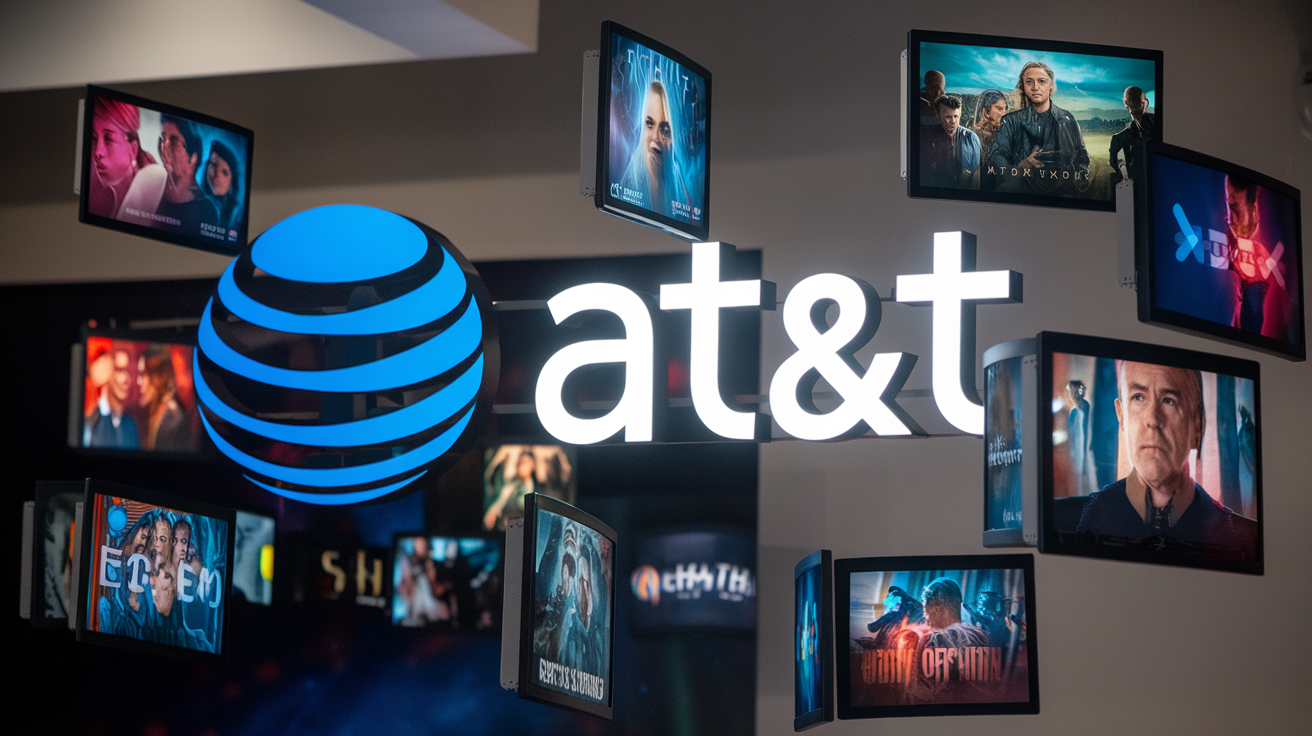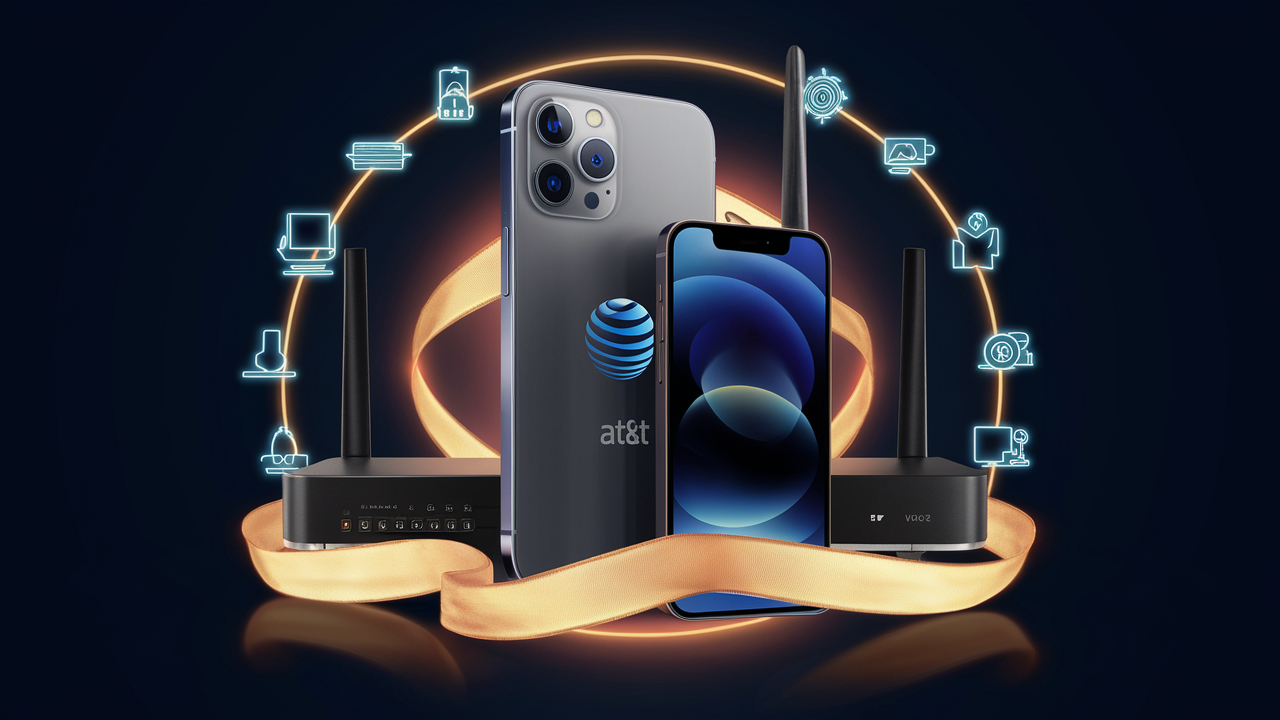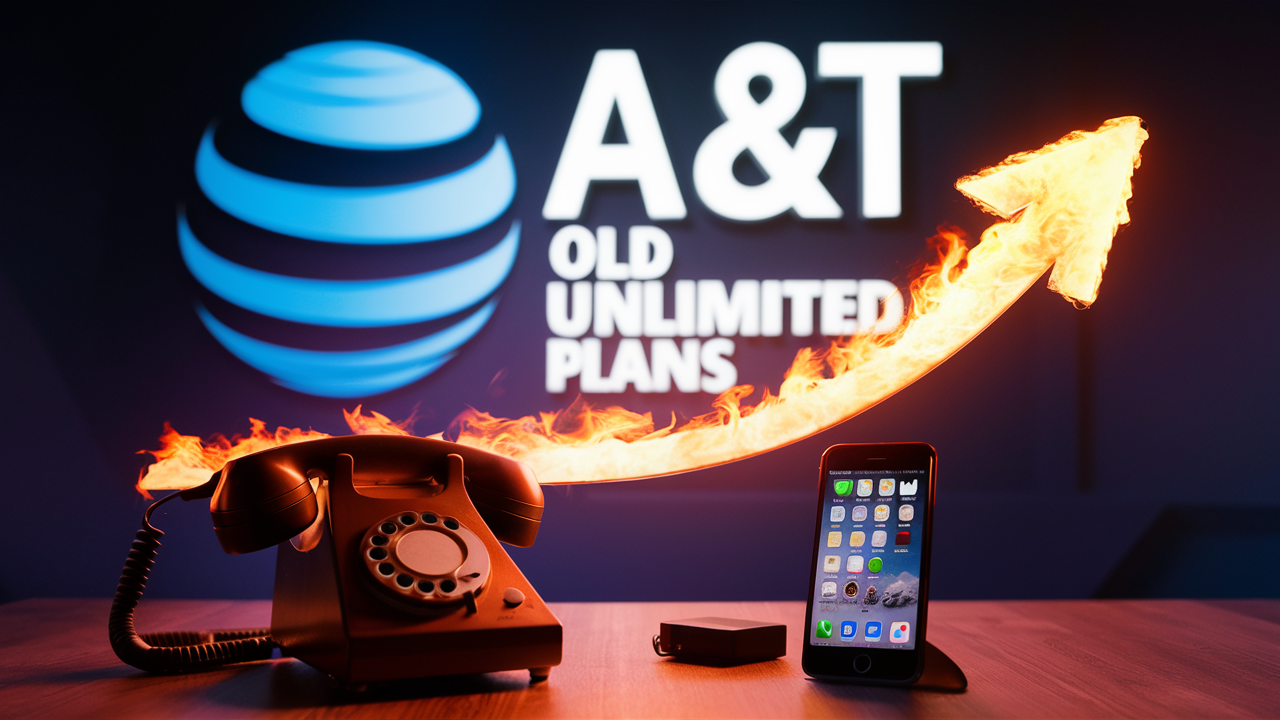What is a good home Internet speed?

High-speed and reliable home internet service is important more than ever these days. People use these connections for business video conferencing, watching movies or playing games, smart devices, and more. However, what exactly can be considered as a ‘good’ speed for the Internet connection in a home setting? Here is a general idea of the Internet speeds you require for home usage activities as follows.
Why Internet Speed Matters
Bandwidth or Broadband speed refers to the capacity of the Internet connection that defines the quickness at which the files can be downloaded, uploaded, and used for streaming and transferring. It is expressed in terms of the amount of data per time, typically megabits per second (Mbps). Increased speeds let you get more done online at once on various gadgets with no slowdowns or pauses. Lower speeds cause frustration, they are problematic for everyone on the road.
That is why the Minimum Speed You Need is so important.
If your internet usage is very limited and only for casual web use on a single device and checking emails, then the FCC suggests that you only require 3-8 Mbps. However, that is a highly basic criterion that will not be sufficient for most organizations today.
Truth be told, the absolute minimum download speed that one can consider to be sufficient for the home Internet connection is 25 Mbps according to estimations. This allows the use of the internet, social networks, e-mail, and cloud music for 1-2 devices, and viewing standard-definition videos on one device. Just to provide context, the SSV of standard definition video quality was equivalent to the quality of DVDs from the pre-HD era.
However, 25 Mbps prevents people from using multiple devices simultaneously or having high-definition streaming. Further, with appliances such as virtual assistants and other WiFi-connected devices, your bandwidth requirement is much more than before.
Low, Medium, and High Consumers Households
Instead of one bare minimum speed that fits all, it's better to think about tiers based on your household's internet usage: Instead of one bare minimum speed that fits all, it's better to think about tiers based on your household's internet usage:
Light-use households (basic web use, email, social media, music streaming): This broadband speed range of 25-75 Mbps is capable of supporting multiple consumers and their everyday activities.
Medium use households (all of the above plus HD streaming on 1-2 devices): OFC, 75–100 Mbps
High-use households (all of the above on multiple devices plus gaming, and video calls): Low: 100-300 Mbps
Therefore, ascertain the number of people in your household as well as the kind of Internet usage that you perform simultaneously. That will give you better indications of correctly appropriate internet speeds.
The table below summarizes internet speed guidelines for different household bandwidth needs: The table below summarizes internet speed guidelines for different household bandwidth needs:
Use Case Recommended Speed
Web-Ex, Skype Single device Email Social media Web browsing 25+ Mbps
SD streaming on 1 device 8-25 Mbps
For using high-definition streaming on 2+ devices, the recommended speed should be 75-100 Mbps.
Playing games on 1 device with 75+ Mbps
Virtual Reality Games More than 100 Mbps
Couple with kids, multiple smart devices, heavy usage of 4K streaming, video calls, online gaming, controlling smart home appliances at the same time 200-400 Mbps
Ways on How to Determine Your Current Speed
The best way to determine your current download and upload speed is to use tools such as Speedtest and Fast.com for free. Just plug your computer, smart television, smartphone, etc into your home network and take average readings of your internet speed during your peak usage time.
Compare your current speeds to the regular recommendations for the size of your household and its internet usage in the tables above. If your speeds are below par then it may be high time you consider better internet service providers around you who offer better internet speed for home WI-FI connections.
Other Factors Impacting Speed
Outside your plan's advertised speed, several other factors influence your real-world speeds like.
1. The problem of available WiFi bandwidth and interference – Wireless networks by design, always provide less speed than Ethernet wired connection. Interference can even put a brake on them even further so the plus interference can slow them further. WiFi 6, or the latest WiFi standard, is beneficial in increasing throughput through upgrades. Another factor is placing the WiFi equipment in such a way that they are not hidden and they will not obstruct each other’s signals.
2. General Connectivity Capability – Devices fitted with older WiFi radios cannot support higher data rates even if the network infrastructure supports the same. There are also potential bottlenecks in dealing with multiple devices.
3. Network Overload in the Provider Network – Generally, your neighbors are also on the same network as you and they use it at different times but when they are all online during peak hours it overloads the capacity and in the process your internet speeds are slow. Connections through business class reduce this problem because the network has bandwidth prioritization to manage the traffic expeditiously.
4. The distance to the WiFi Router or Cable Modem – the farther away reduces the streaming and downloading speed on both wireless and wired connections. Prevention strategies include arranging equipment in a certain way and using WiFi range extenders.
Internet speeds defined minutely by your bandwidth limits are often necessary to determine actual speed issues in your complete home network.
Key Takeaways
Home internet speed is all about getting the right bandwidth for your household’s needs in the various activities and devices it shall engage in. Light utilization may require only 25-75 Mbps. Medium-use homes should look for 75-100 Mbps while homes that use multiple streams/ HD streams should aim at 100-300+ Mbps. Use speed check tools to evaluate your speeds, and compare with suggested usage for your speeds. Does the current speed meet today’s expectations? If not, try to find a faster internet connection and better networking devices. Ensure there are no restrictions in your WiFi setup and connectivity options to make the performance as optimal as possible. This guarantees the main home wires are ready to meet contemporary needs.
Upgrade to faster, more reliable AT&T Fiber Internet today! Call us at +1 844-905-5002 and get connected with speeds that keep you ahead.





